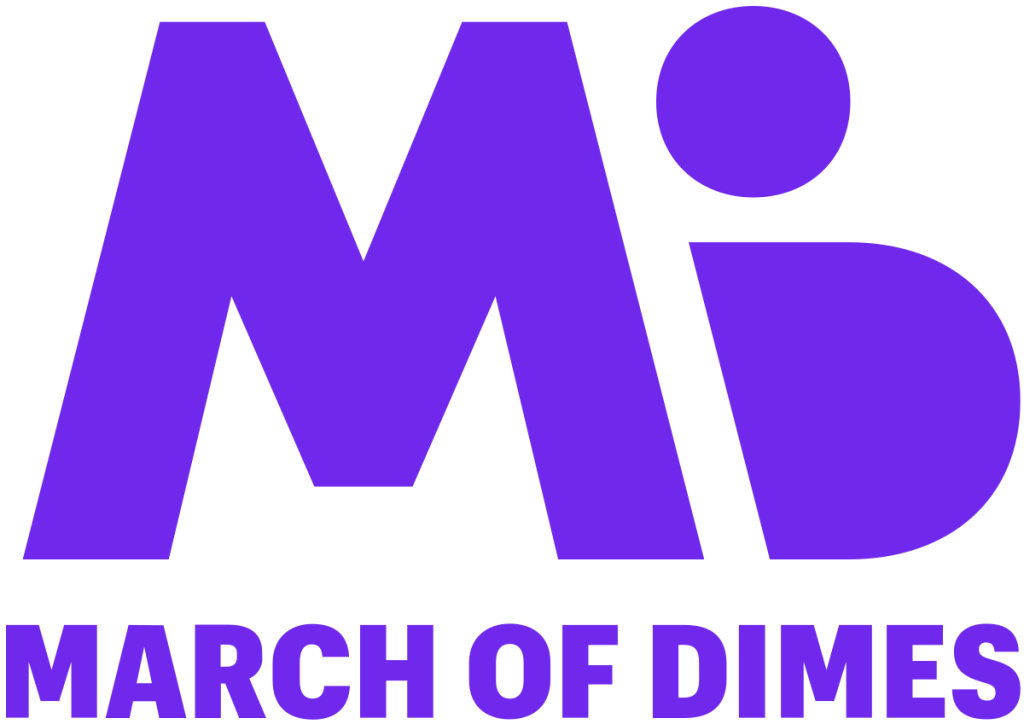By Tammi Jantzen
Bringing Technology to Enteral Feeds: Less Art, More Science
As survival rates for extremely preterm infants improve, attention is now being focused on improving the quality of survival through optimal nutritional management. Optimal nutrition during this critical period in early life can positively impact preterm infants’ physical growth, as well as neurological development. Conversely, suboptimal nutrition early in the neonatal period contributes to the accumulation of growth deficits. For example, infants provided only glucose solutions as nutrition in the first few days of life rapidly develop large protein and essential fatty acid deficits, with the smallest, most immature infants suffering the worst postnatal malnutrition. (1)
Yet, optimizing nutrition management in the NICU, particularly through a successful progression of enteral and oral feeding of preterm infants, remains a major challenge for clinicians. Some feeding difficulties are related to immature gastrointestinal systems, but failure to start and advance enteral feedings more commonly are due to suspicion and fear of necrotizing enterocolitis (NEC), aspiration syndromes, and other life-threatening events. (2,3) Many less critical and unsubstantiated concerns about presumed causal associations between enteral feeding and adverse clinical conditions further limit successful feeding advancement. (4) As a result, preterm infants commonly are subjected to delayed onset of enteral feeds, longer duration of trophic feeds that provide inadequate nutrition, lack of progressive tolerance to increased feeding volumes, longer time to full enteral feeds, and longer transition times to oral feeding.
Feeding difficulties are the primary contributor to increased NICU resource utilization and length of stay (LOS) and result in the prolonged duration of central line days, parenteral nutrition (PN), and intra-gastric feeding (5), all leading to an increased risk of hospital-acquired infections.(6,7) In addition, clinician variability in individual practice attitudes, experience, and knowledge can influence the implementation of a feeding strategy. (5)
All of these factors contribute to significant variation in the practice of feeding in the NICU – the feeding schedule, feeding quantity, feeding advancement, feeding contents, and the decision-making process for feeding/not feeding. While a certain amount of variation is to be expected, existing variations are significant enough to affect health outcomes for preterm infants. Standardizing the process for preterm infant feeding is one way to ensure the successful progression of enteral and oral feeding, and thus optimal nutrition management.
Evidence in Favor of Standardized Feeding Guidelines in the NICU
In a Nationwide Children’s Hospital study aimed at process optimization, the implementation of a standardized feeding strategy in the NICU was shown to effectively minimize practice variability, accelerate the attainment of enteral and oral feeding milestones, and decrease LOS without increasing adverse morbidities. (5) To monitor compliance with this quality improvement initiative, multidisciplinary feeding rounds were held each week on each infant to provide education regarding the factors that were helping or impeding feeding progress.
Compared to preterm infants whose feeding strategy was prescribed by the individual attending physician and implemented by the clinical care providers, preterm infants who were placed on a standardized feeding program demonstrated a reduction in:
- Duration of trophic feeding by 7.2 days
- Time to full enteral feeds by 4.9 days
- Time from oral feeding onset to oral feeds by 16.3 days
- Duration of ventilation by 35%
- Duration of CPAP by 23%
- Duration of PN by 3.5 days
- Duration of central lines by 4.4 days
- Length of stay by 14.9 days
Mortality, NEC rates, readmissions within 30 days, and comorbidities were similar in both cohorts.
To read the full article, please click here.




